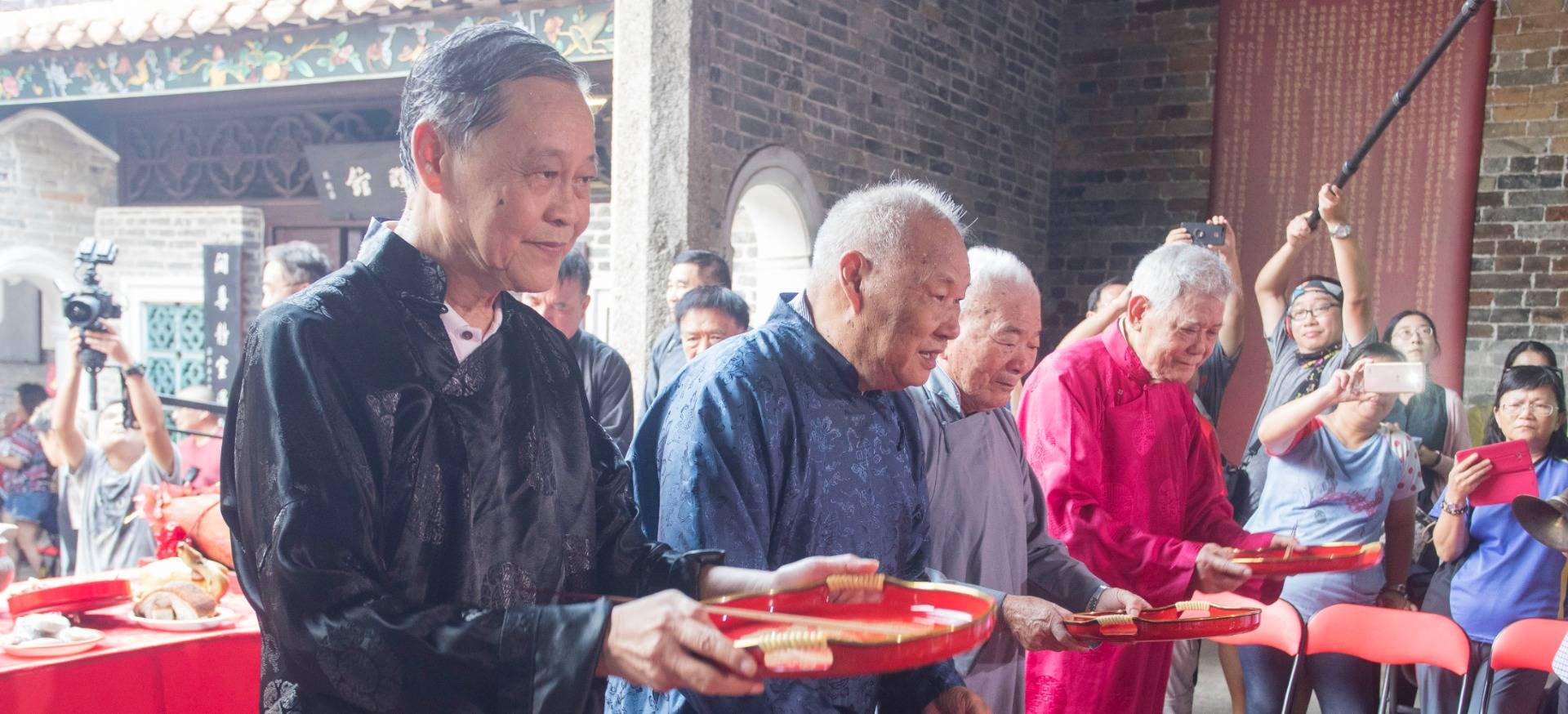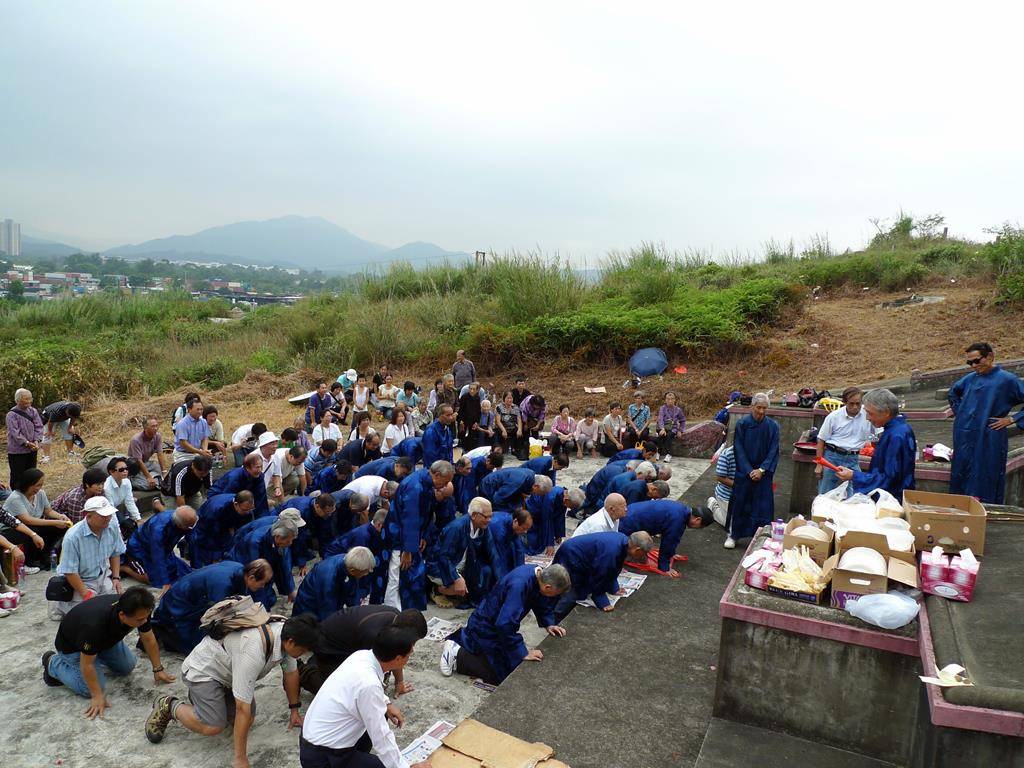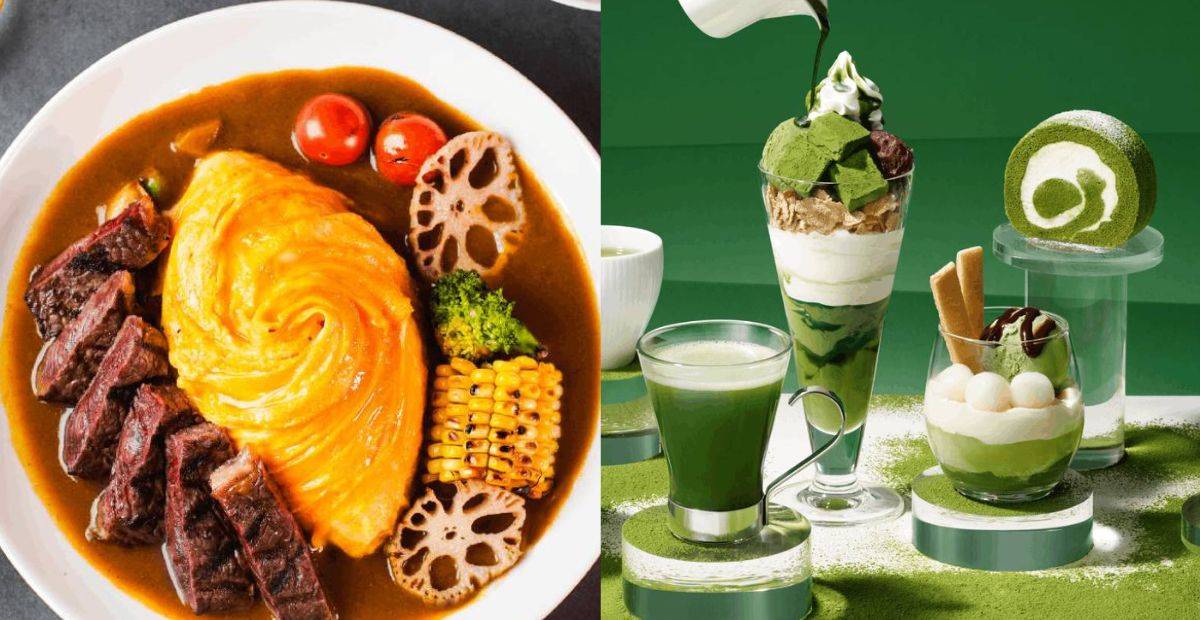Spring and Autumn Ancestral Worship of Lineage in Hong Kong
Spring and Autumn Ancestral Worship of Lineage
Ancestral Worship of Lineage| Introduction
Ancestral Worship of Lineage| Areas
Ancestral Worship of Lineage| Era
Ancestral Worship of Lineage| Date
Ancestral Worship of Lineage| Historical evolution
Ancestral Worship of Lineage| Events
Ancestral Worship of Lineage| Introduction
In Hong Kong, clansmen gather at their ancestral halls during the vernal and autumnal equinoxes, as well as the fourth and ninth lunar months. They engage in worship ceremonies to honor their forefathers or visit their ancestors’ graves on the hillsides. This is a way for them to demonstrate filial piety and pay homage to their ancestors. The clans in the New Territories place great importance on these ancestral worship rituals, considering them significant activities for both the clan and village. Even today, some local Punti clans continue to follow traditional practices such as “eating on the hillside,” where they cook and share food after offering it at the gravesites. Additionally, they distribute portions of pork among clan members and use wai tau dialects during these sacred rituals.
Ancestral Worship of Lineage| Areas
Hong Kong / No Specific Region
Ancestral Worship of Lineage| Era
Song dynasty
Ancestral Worship of Lineage| Date
The spring and (or) autumn equinox or the fourth and ninth lunar month
Ancestral Worship of Lineage| Historical evolution
Ancestor worship culture is believed to have originated in the Shang Dynasty and has a history of over 3000 years. The “Book of Rites” mentions the royal system of seasonal sacrifices, while the “Record of Rites – Sacrificial Rituals” records the four seasonal ceremonies: “There are four seasons for sacrifices: spring sacrifice called Yue, summer sacrifice called Di, autumn sacrifice called Chang, winter sacrifice called Zhao.” Since the Zhou Dynasty, members of successive royal families have performed these four types of rituals to honor their ancestors. From the Qin and Han Dynasties onwards, the tradition of ancestral worship by the royal family gradually evolved into a folk custom.
The purpose of traditional folk ancestral worship activities is to show respect to ancestors and they are often held on specific dates such as Li Chun (the beginning of spring), Chun Fen (spring equinox), Qing Ming (Tomb-Sweeping Day), Chong Yang (Double Ninth Festival), Qiu Fen (autumn equinox) and Dong Zhi (Winter Solstice). In addition, incense is also offered to ancestors on the first day and fifteenth day of each lunar month. Ancestral worship activities can be conducted at home, ancestral halls or cemeteries. During Qing Ming and Chong Yang festivals, people often visit cemeteries for tomb-sweeping.
As early as during Song and Yuan dynasties, different clans’ ancestors migrated to Hong Kong including Tang clan, Wen clan,Liao clan,Hou clan,Peng clan,Tao clan in New Territories,and Lam Clan in Kowloon’s Cheung Sha Wan area. Over hundreds of years, these clans have taken root in Hong Kong and established ancestral halls and tombs where they continue to carry out ancestral worship activities without interruption.
The grand Spring-Autumn Ancestral Worship ceremonies organized by large clans attract social attention from time to time due to their large scale and prosperous population. For example, in 1952, the Hong Kong Industrial and Commercial Daily reported on the lively scene of about 2000 members of the Man Tin Wen clan holding an autumn sacrifice ceremony at the Ching Shan Cemetery. The description in the article such as “displaying sacrificial offerings in front of tombs” and “the elders of the clan presiding over the ceremony” reflects a similar form of ancestral worship that has been passed down to this day.
Ancestral Worship of Lineage| Events
Clans in Hong Kong hold spring and autumn ancestral worship ceremonies, led by the highest-ranking clan leader. Offerings include food, fruits, and vegetables placed before ancestral tablets or tombstones. Rituals are performed with music and blessings recited to ancestors. Afterward, red envelopes containing money and pork meat are distributed to clan members who then enjoy a communal feast. These ceremonies have historical value, symbolize respect for ancestors, and strengthen clan identities while connecting younger generations with their family history.
What is the significance of the ancestral worship ceremony?
It is considered an important clan and village activity, symbolizing respect for ancestors and demonstrating filial piety.More Details
When does the worship ceremony take place?
The ceremony takes place during the vernal and (or) autumnal equinoxes or the fourth and ninth lunar months.More Details









